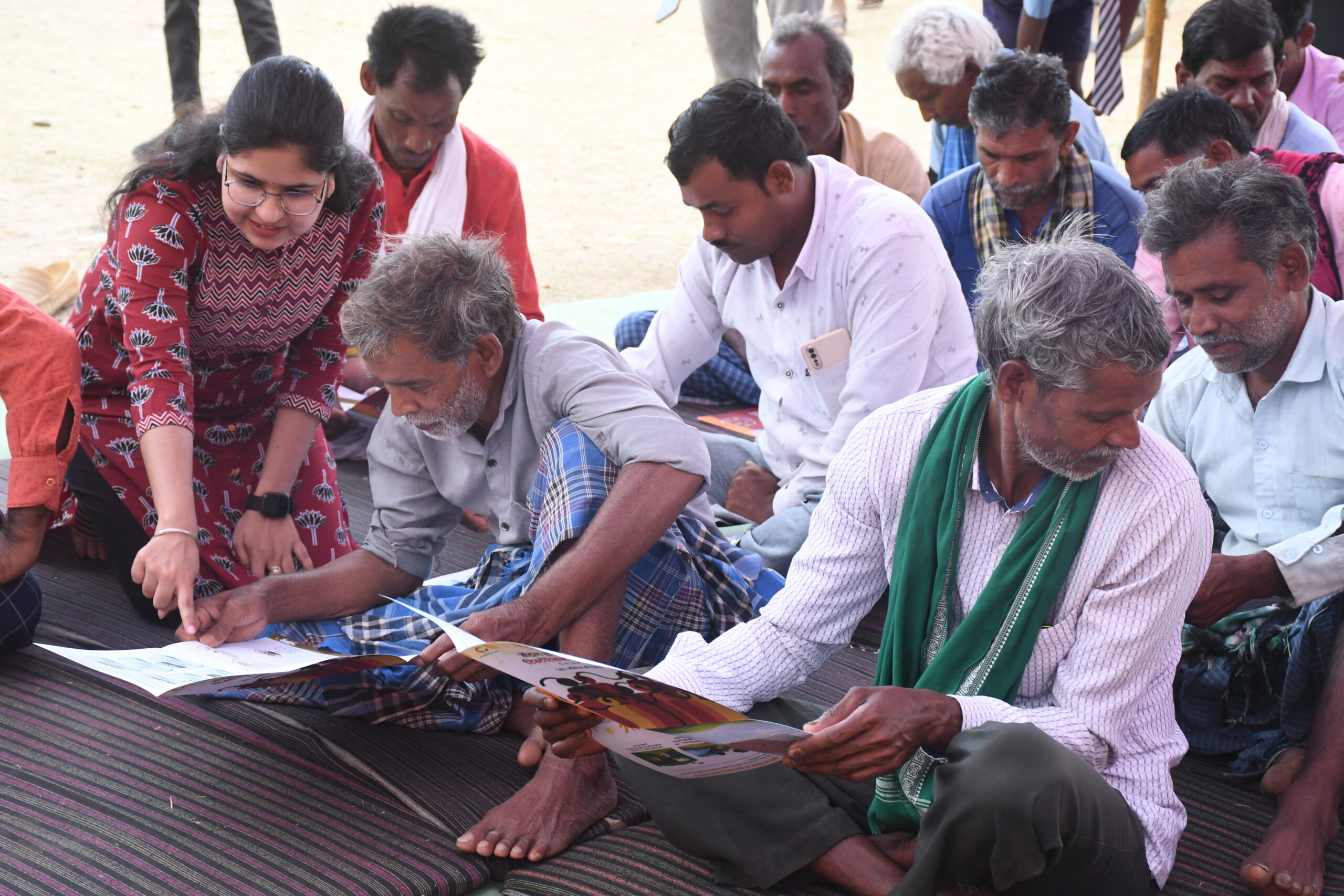
In the not-so-distant past, our country’s farmers thrived on a sense of independence and self-sufficiency that defined their agrarian heritage. They took pride in nurturing their lands, using traditional practices, and deriving sustenance from their hard work. A strong bond with nature and a deep understanding of the soil guided them through generations. However, as time went by, this once-sturdy foundation began to erode, and farmers found themselves increasingly dependent on external factors for their livelihoods.
Farmers were habituated of using seeds saved from their previous harvests, meticulously selecting, and preserving the best ones. This process ensured that crops adapted well to the local environment, leading to higher yields and a sustainable farming ecosystem. But as hybrid and genetically modified seeds entered the picture, the agricultural landscape underwent a transformation. The promise of increased productivity and pest resistance enticed farmers to adopt these commercial seeds, rendering them dependent on seed corporations that controlled the availability and pricing of these seeds.
Similarly, farmers once owned cattle, which served as invaluable assets to their farming practices. These animals provided not only milk and meat but also a source of natural fertilizer through their manure. However, with the advent of mechanization and modern transportation, farm machinery replaced cattle, leading to decreased reliance on these invaluable creatures. Consequently, farmers became reliant on chemical fertilizers to enhance their crop yields, which came with harmful environmental impacts and the need to buy expensive inputs from agrochemical companies.
In the past, a farmer’s entire family would toil together in the fields, reinforcing family bonds and instilling a strong work ethic in the younger generation. It was a way of life that instilled values, as well as distributed labor effectively. Today, however, with the proliferation of industrialization and urbanization, the allure of city life has drawn the younger generation away from farming. As a result, labor shortages have become a prevalent issue, pushing farmers to hire outside workers, which increases their financial burden and dependency on hired labor.
The modern era has brought convenience and innovation to the agricultural sector, but it has also introduced challenges that our ancestors never had to face. We’ve become comfortable with the idea of quick fixes and shortcuts, sacrificing the wisdom and sustainable practices of our forefathers in the pursuit of immediate gains. The excessive reliance on external inputs has not only diminished the quality of our soil and water but also made us vulnerable to fluctuations in the market and corporate control over essential resources.
However, all is not lost. The call for sustainable and regenerative agriculture is gaining momentum, urging farmers to reclaim their independence and adopt practices that preserve the environment and strengthen their economic position. Our Project on Landscape Restoration in Kabirdham District is one such initiative. To restore the autonomy that once characterized our farming communities, we must return to our roots. We need to promote agroecology, knowledge-sharing among farmers, and government support that incentivizes sustainable practices. By valuing our agricultural heritage and embracing modern technologies that support rather than exploit the land, we can usher in a new era where farmers regain their independence and secure their future, once again becoming the stewards of the land they always meant to be.
Ms. Manisha Motwani
Program Coordinator
Chhattisgarh Agricon Samiti